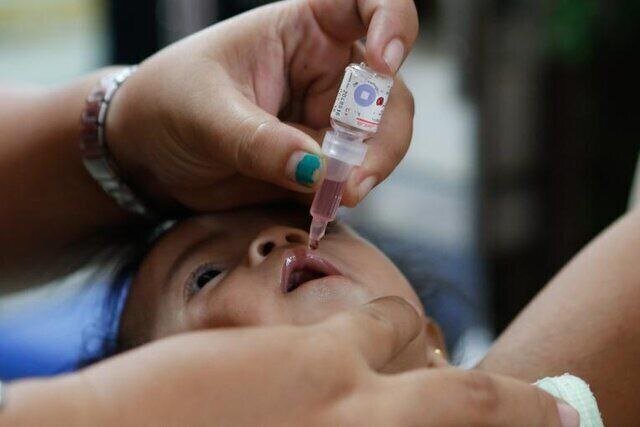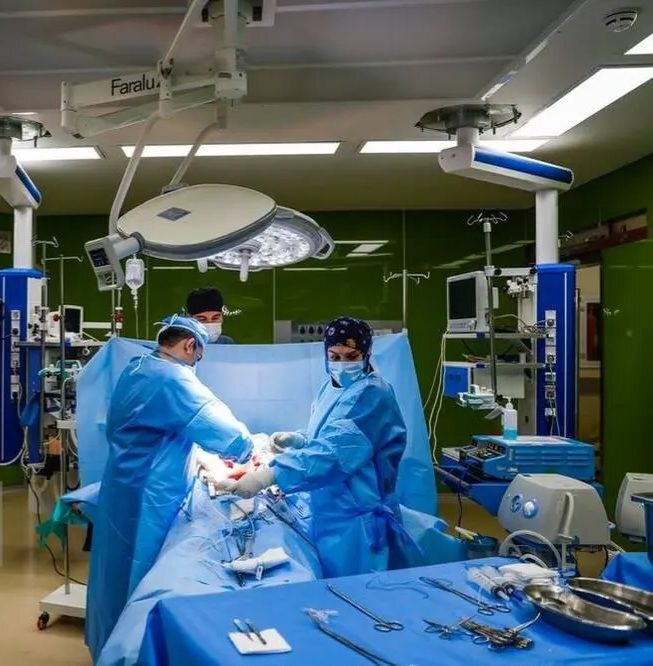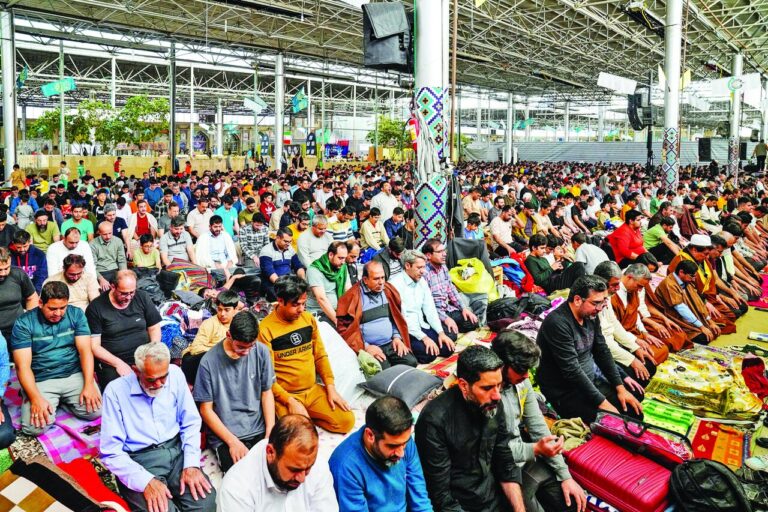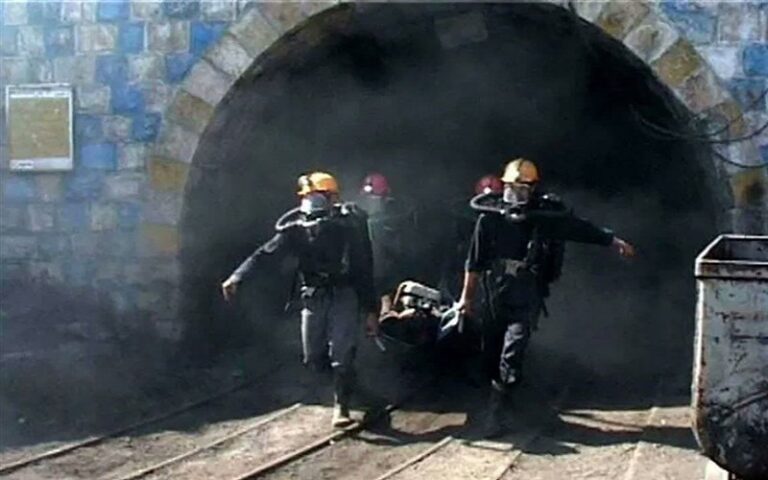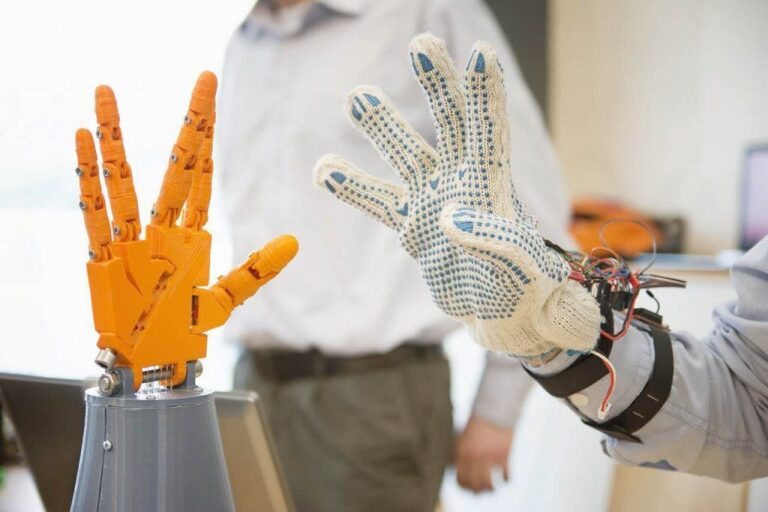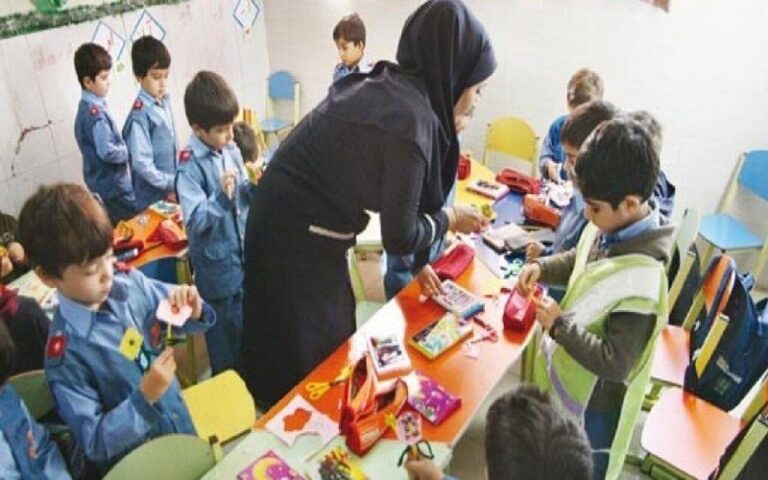Kickstarting the Second Phase of Polio Vaccination: A Vital Step Towards a Polio-Free Future!
The health ministry of Iran is ramping up efforts in the ongoing fight against polio with the second phase of its polio eradication campaign, set to take place in the northern regions from May 17 to 19. This initiative builds on the first phase, which was conducted from April 12 to 14, and aims to vaccinate children under five years of age in high-risk areas.
Polio is a highly infectious viral disease that primarily impacts young children. The virus spreads from person to person, mainly via the fecal-oral route or through contaminated food and water. Once it invades the nervous system, it can lead to paralysis. Fortunately, polio can be effectively prevented through vaccination.
The introduction of the polio vaccine in the 20th century marked a significant medical advancement, providing nearly lifelong protection for children when administered multiple times. The current campaign targets approximately 300,000 children under five in vulnerable regions across northern Iran.
Key Details of the Polio Eradication Campaign
- First Phase: Conducted from April 12 to 14, where approximately 314,000 children received vaccinations.
- Second Phase: Scheduled from May 17 to 19, with the aim to vaccinate the same number of children.
- Target Areas: Focus on remote villages, city outskirts, and refugee camps.
According to Mohsen Zahraei, a health ministry official, the goal is to maintain high vaccination coverage to prevent polio outbreaks, especially in light of data from the World Health Organization (WHO). The WHO emphasizes that polio virus transmission occurs through:
- Person-to-person contact
- Contaminated water or food
In addition to the northern campaign, a comprehensive door-to-door polio vaccination effort was conducted in the southern regions of Iran during the previous Iranian calendar year, which ended on March 20. This effort included:
- First Phase: January 4 to 6, 2023
- Second Phase: February 15 to 17, 2023
- Vaccinations: Approximately 840,000 children, including both Iranian and foreign nationals, were vaccinated across various provinces such as Sistan-Baluchestan, Kerman, and Fars.
The standard vaccination schedule for polio includes doses at:
- 2 months
- 4 months
- 6 months
- 18 months
- Supplementary dose at 6 years of age
The supplementary immunization initiative aimed at eradicating polio in Iran commenced in 1994, leading to the country being declared polio-free since 2000. However, threats persist due to endemic wild poliovirus transmission in neighboring countries such as Afghanistan and Pakistan. Alireza Raeisi, a health ministry official, highlighted the risks associated with increased travel and migration from these regions due to recent political changes.
Notably, the number of wild poliovirus cases in Afghanistan and Pakistan surged by four and twelve times, respectively, in 2024 compared to 2023, underscoring the heightened risk for Iran. The health ministry is keenly aware of these developments and is committed to sustaining vaccination efforts to protect the health of children across the nation.
Through these concerted efforts, Iran aims to ensure that the incidence of polio remains low and that future generations can grow up free from this debilitating disease.
